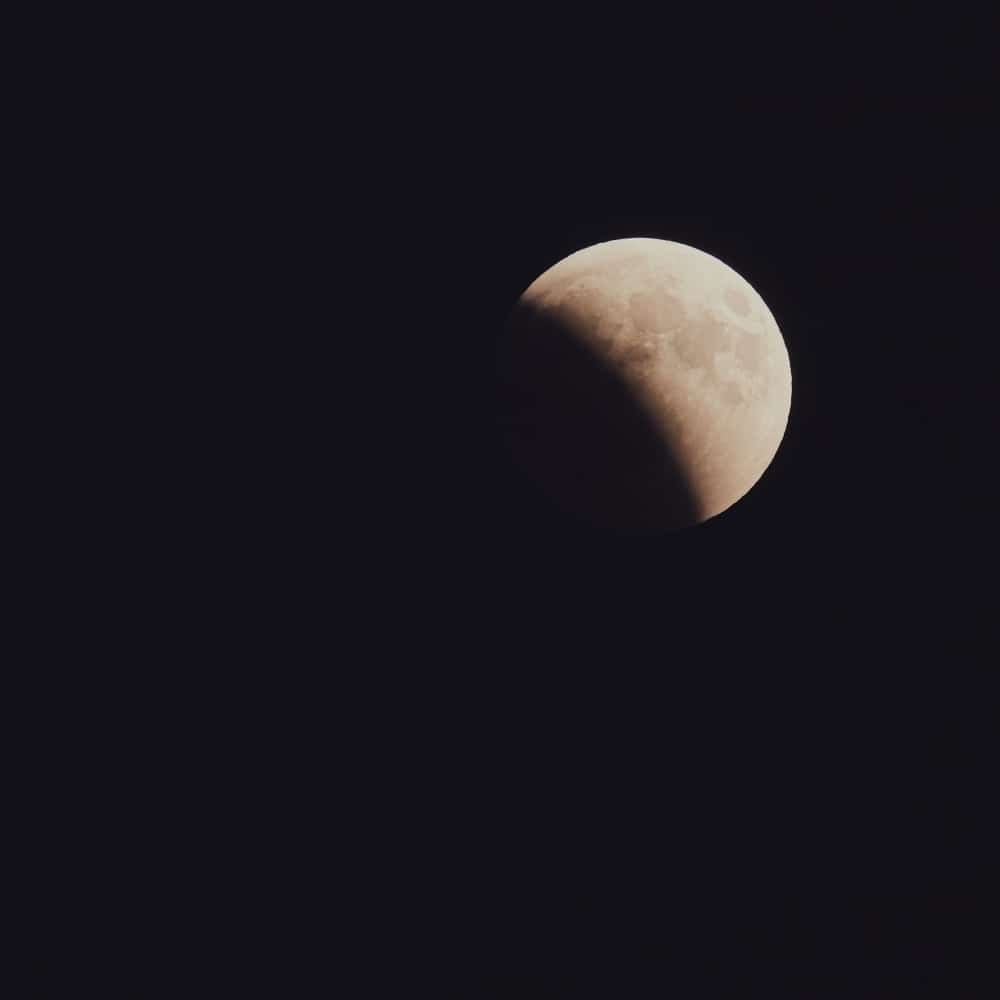A lunar eclipse is a phenomenon observed when the Earth moves between the Sun and Moon. But, in the partial lunar eclipse the three celestial bodies do not form a straight line in space. When partial lunar eclipse occurs, the Moon’s surface is only partially covered by the darkest shadow of the Earth, called the umbra. The rest of the Moon is covered by the outer part of the Earth’s shadow called the penumbra.
It is not that hard to view a partial lunar eclipse as it occurs during night time, and if there is a clear weather. So, if you are interested to observe a partial lunar eclipse, you can from your house roof or any suitable place on 17th July this year.
Where can you observe the partial lunar eclipse from?
This partial lunar eclipse is known to be the last lunar eclipse of 2019. The next one will occur on January 10, 2020. This lunar eclipse’s total phase will be visible from North and South America, Europe and Western Africa. Central and Eastern Africa and Asia will see a partial eclipse of the Moon.
The eclipse starts when Moon will start to enter Earth’s shadow at 07:43 pm BST (12:28 AM Nepali time). The maximum partial eclipse will occur at 10:30 pm BST (03:15 AM Nepali Time). The entire eclipse will last for around five and a half hours. It will end at 01:17 am BST (06:02 AM Nepali Time) on 17 July.
In Nepal, the partial lunar eclipse will be visible around 17 Jul, 12:28 AM. Nepal will be able to see all phases of this eclipse except Penumbral Eclipse since it will be below the horizon. This phase will be visible in the night time so people can view it in real time, if not it can also be seen online.
Facts about the partial lunar eclipse:
- A Lunar eclipse occurs when the moon passes directly behind Earth and into its shadow. The Sun, the Earth, and the Moon must be aligned in almost a straight line for the phenomenon to occur.
- There are three phases of a lunar eclipse which are: total, partial and penumbral.
- At least two – five lunar eclipses occur every year. But total lunar eclipses are significantly less common.
- A lunar eclipse can occur only on the night of a full moon.
- A lunar eclipse can last up to 3 hours and 40 minutes
How to view this year’s eclipse?
First of all, if you are in a location where it will be visible check your weather forecast as you can dress accordingly and be prepared. Then find a suitable place to view the eclipse. Unlike solar eclipses, lunar eclipses are perfectly safe to view through the naked eye as it occurs at night time and moon is darker rather than brighter.
However, it won’t be exactly possible to see it clearly from human eyes as it is far away from us and much darker so use a binocular. You can also take pictures from your digital cameras as it can zoom and make the phenomenon clearer.
Fun aside let us not forget about safety. Do not be alone when venturing out in the dark. enjoy it with your friends or family. If not always let friends and family know where you are going.

